There is a constant battle in the Great Lakes to combat the sea lamprey population.
These invasive creatures resemble eels and feed like leaches, but they’re neither of those things. They’re fish.
They do not have jaws, and their skeleton is made of cartilage. They have two close dorsal fins, seven gill openings, and a large, round mouth, with sharp, curved teeth, and a rasping tongue.
Sea lampreys are generally marine and ascend freshwater rivers to spawn. When they’re adults, they are parasitic and feed on the bodily fluids of other fishes. For fish in the Great Lakes, this often means death.
Sea lampreys find the Great Lakes extremely hospitable due to the environment and lack of predators.
Why are they dangerous?
Sea lampreys attach to fish with their mouth, which acts as a suction cup, and then they dig their teeth in to hold on. When they’re attached, they rasp through the fish’s scales and skin with their sharp tongue.
They feed on the bodily fluids of fish by secreting an enzyme that prevents the blood from clotting. It’s similar to how a leech feeds.
In the Atlantic Ocean, sea lamprey does not typically kill its host. That is not the case in the Great Lakes. In the Great Lakes, sea lampreys act as predators and each one is capable of killing up to 40 pounds of fish over their 12 to 18-month feeding period.
Before control methods were implemented, it is estimated that sea lampreys killed more than 100 million pounds of fish in the Great Lakes every year.
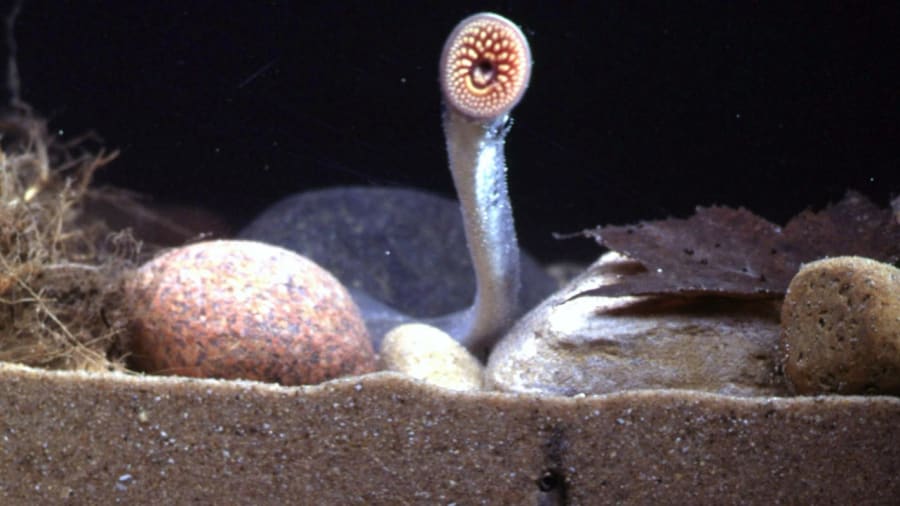
How did they get here?
Researchers estimate that sea lampreys arrived in the Great Lakes basin around 1921.
There is an argument as to whether sea lampreys are native to Lake Ontario. They were first recorded in Lake Ontario in 1835. At that time, Niagara Falls worked as a natural barrier -- preventing them from entering the other Great Lakes.
By 1938, improvements to the Welland Canal made it so sea lampreys could spread through the entire Great Lakes system. Once they entered the Great Lakes system, they were able to thrive.
The Great Lakes provide sea lampreys with an excellent spawning and larval habitat, plenty of host fish, and a lack of predators.
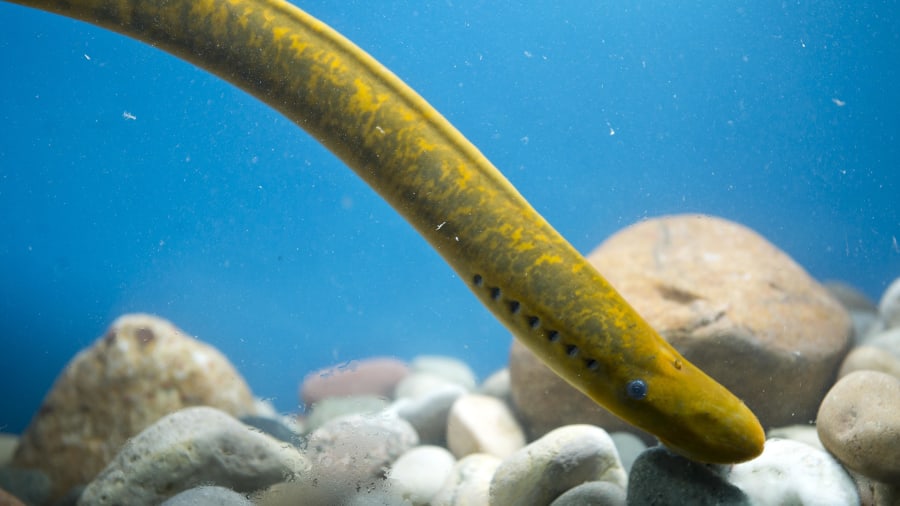
A look at their life cycle
Sea lampreys spawn in streams and a single female can produce as many as 100,000 eggs.
After the larvae hatch, they burrow into tunnels in the bottom of the stream. The larvae stick their heads out of the surface of the bottom of the stream and feed on organic particles, algae, and microscopic organisms. The larvae can stay that way from three to seven years.
Parasitic sea lamprey emerge as adults in the beginning of the summer and begin to feed on fish. Native, non-parasitic lamprey transform into adults in the fall and their digestive tract becomes non-functional and they stop feeding.
All lampreys achieve sexual maturity in the spring and are more active at night. Lamprey builds nests in rivers and streams. The male and female adult lamprey die after spawning.
---> Meet the 17 invasive fish Michigan residents should know about
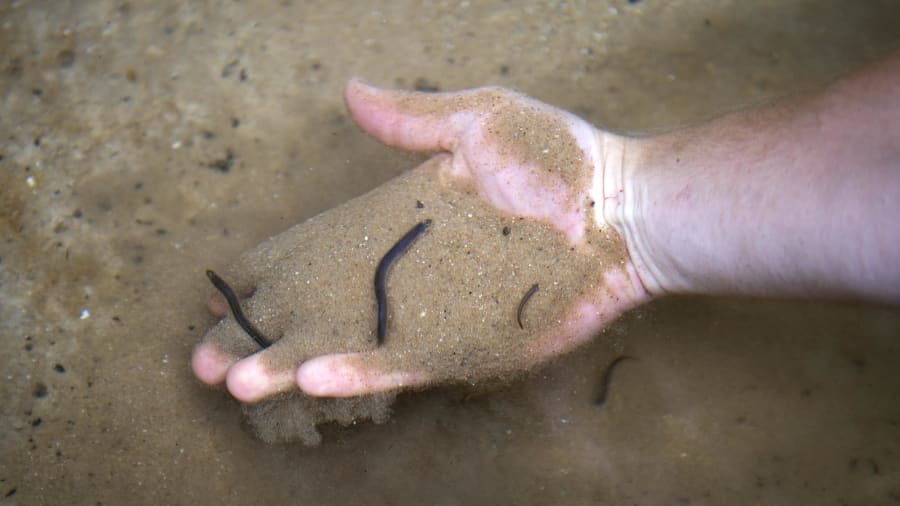
What is being done about them?
Efforts to combat the sea lamprey population have led to a 90% decrease overall.
The sea lamprey control program is administered by the Great Lakes Fishery Commission. They exploit sea lampreys when they are congregated in the Great Lakes tributaries, at either larval or adult stages of their life cycle.
Lampricides are used to kill larval sea lampreys in the tributaries and a combination of barriers and traps are used to keep them from migrating and reproducing upstream.
The Great Lakes Fishery Commission has more information online about control efforts.
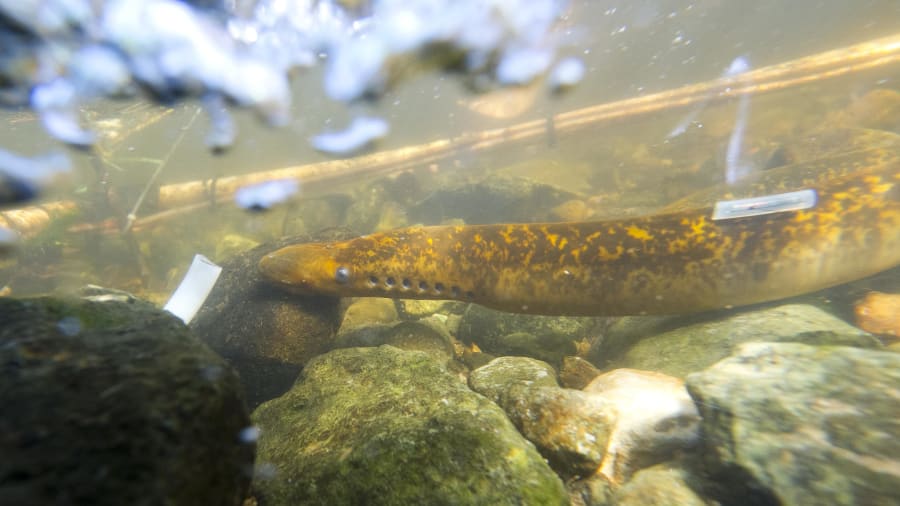
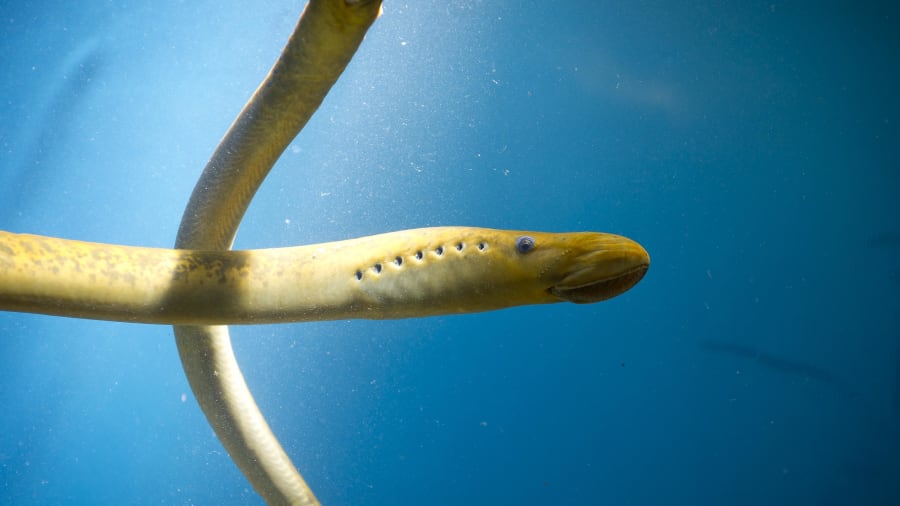
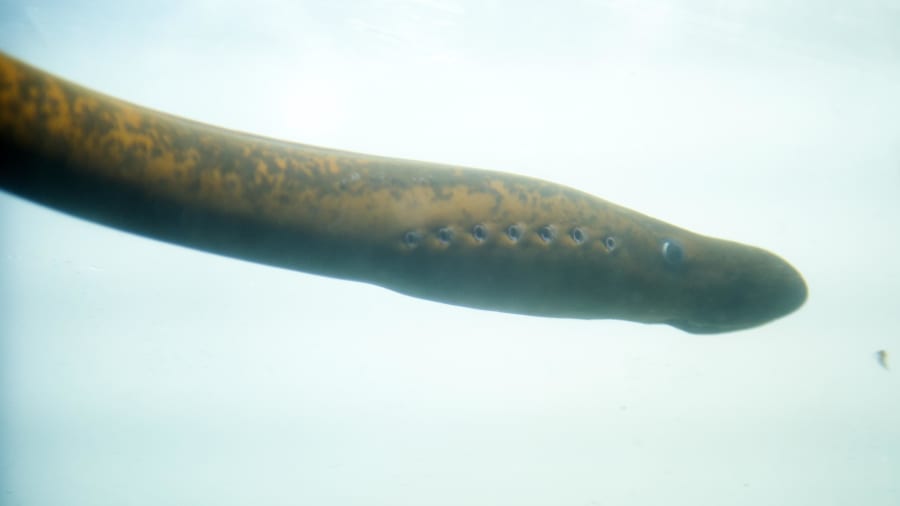
More information can be found from the state of Michigan, the University of Michigan, the Great Lakes Fishery Commission, and Michigan State University, and the National Parks Service.



